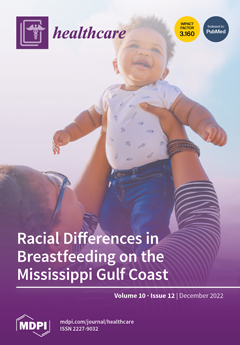Background: It is thought that students’ perceptions of educational and clinical learning environments improve the effectiveness of curricula and professional standards. It is essential to examine the educational and clinical learning environments in which nursing students learn, as well as how nursing students evaluate particular factors of these environments.
Objectives: The objectives of this study were to (1) identify nursing students’ perceptions on professional competence and learning environments in the classroom and clinical settings and (2) test a hypothetical model of variables that influence and predict students’ perceptions of learning environments and professional competencies.
Methods: The study employed a descriptive cross-sectional methodological design. Five hundred and eighteen undergraduate nursing students were recruited from three Saudi Arabian universities using a convenient sampling technique. Using valid and reliable self-reported questionnaires, including the Dundee Ready Educational Environment Measure (DREEM), the modified Clinical Learning Environment Inventory (CLEI), and the Nurse Professional Competence Scale-Short (NPCS-SF), data were collected.
Results: Perceptions of professional competence and learning environments were positive among nursing students. With satisfactory fit indices, the final model found that students’ perceptions of clinical competence were significantly predicted by their perceptions of the clinical environment (B = 0.43,
p < 0.001), students’ perceptions of university environments (B = 0.29,
p < 0.001), ward type (B = 0.12,
p < 0.001), and students’ year of study (B = 0.11,
p < 0.001). The students’ perceptions of clinical environments were significantly predicted by their perceptions of the university environment (B = 0.31,
p < 0.001), gender (B = 0.13,
p < 0.001), students’ year of study (B = 0.12,
p < 0.001), and ward type (B = 0.11,
p < 0.001). Moreover, the students’ perceptions of the university environment were significantly predicted by gender (B = 0.11,
p < 0.001) and length of training (B = 0.12,
p < 0.001).
Conclusions: A range of factors might influence students’ perceptions of their professional competence and learning environments. Improving the learning environments and clinical experiences of students could enhance their clinical competence. This study’s findings provide evidence for how to enhance the learning environments in the classroom and clinical settings in order to improve students’ clinical competence, which will ultimately result in better patient outcomes. It is a top priority for nursing educators all around the world to improve classroom and clinical learning settings that foster students’ learning and professional competencies.
Full article






